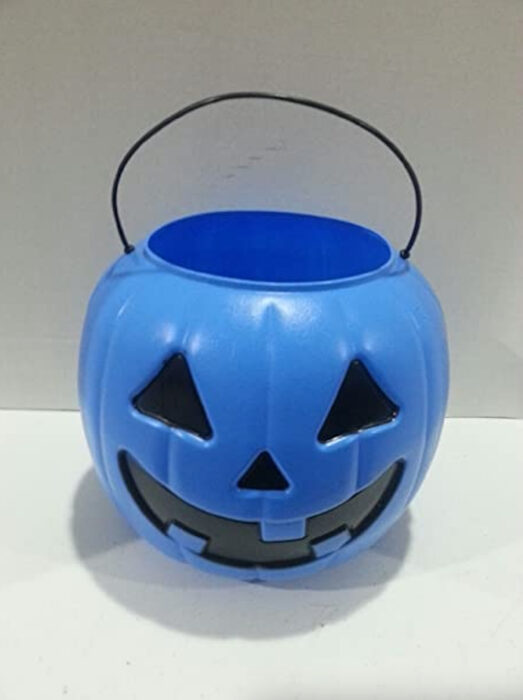
Halloween — a time-old tradition of dressing up and going do-to-door in your neighbourhood asking for candy and treats, or staying in and handing out candy yourself. But if someone came to your door with a blue pumpkin — would you know what that means?
The idea behind the blue pumpkin signifies that a person trick-or-treating might have some specific needs or could have autism. Knowing what this means and how you could tweak your treat options, helps ensure everyone can have a safe and fun Halloween.
“Most likely inspired by the Teal Pumpkin Project — which launched in 2013 as a way for families facing severe food allergies to better educate neighbours about these challenges — social media users began noticing blue pumpkins begin to trend as symbols to raise awareness about how Autism Spectrum Disorders may impact trick-or-treating and other Halloween festivities,” says good housekeeping.com.
Sometimes homeowners expect trick-or-treaters to ask for candy or say, “trick or treat” before they give away any candy.
“My son is three years old and has autism. He is nonverbal,” Omairis Taylor wrote on Facebook back in 2019. “Last year, houses will wait for him to say ‘Trick or Treat’ in order for him to get a piece of candy — and there I go explaining the situation for the next five blocks. This year, we will be trying the Blue Bucket to signify he has autism. Please allow him, or anyone with a Blue Bucket, to enjoy this day. This holiday is hard enough without any added stress.”
Here are some reasons from the Autism Society of America why Halloween can be overwhelming for parents with children who have specific needs and how to help make trick-or-treating a good experience for everyone:
Sensory overload: Halloween decorations can be scary, and often come with bright, flashing lights and loud sounds. The Society suggests scaling down your front porch decor to keep lighting even and encompassing, allowing children to stand comfortably while they trick or treat.
Dietary restrictions: Due to sensory aversions that are common for most Autistic individuals, some children may have dietary restrictions that don’t allow for chewy fruit candies or crunchy chocolate bites. Try to arrange some non-edible treats that you can pass out instead, like small toys or art supplies.
Verbal interactions: Some children don’t communicate verbally and may not say thank you when at your door, or respond to questions. Expressions of care and gratitude don’t have to be verbal or physical. Some individuals may use what’s known as stimming to process sensory input around them, including interactions in trick-or-treating.






